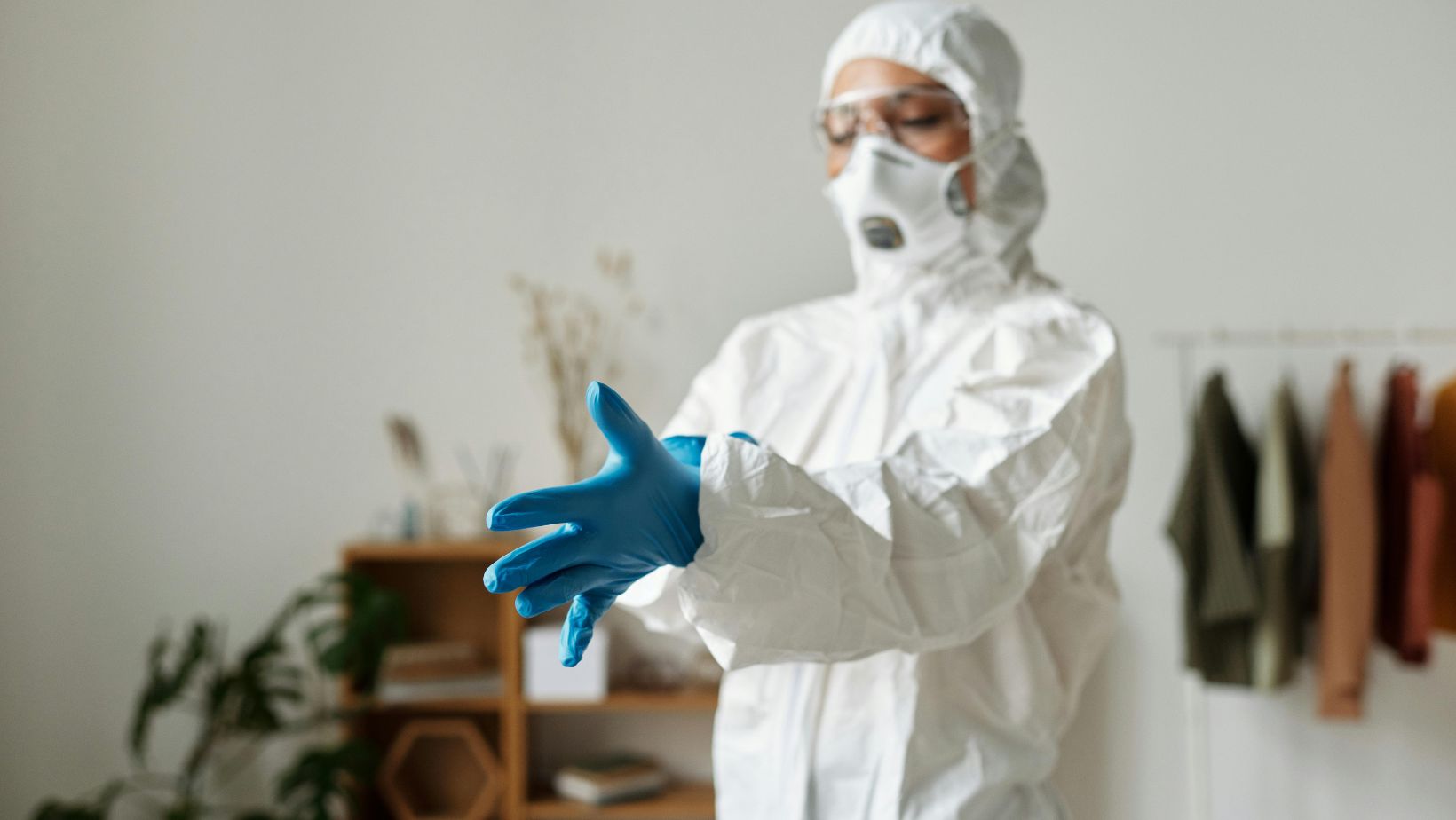
Protecting your hands while working is as important as your head or eyes. Yes, you read that right! Also, you might be surprised to know that (might be not you) most people often make mistakes when choosing protective gloves at work, even though they are important for preventing injury and contamination. Although many know of the in-demand and multi-functional nitrile gloves for protection, it is not as simple as picking one off the shelf. Indeed, failure to pay attention to some important factors can be quite damaging in the future.
Let us be real here for a second. How often do you really take a minute to evaluate if the gloves you are wearing are suitable for the tasks needing to be accomplished?
This article’s goal is to guide you through the most common mistakes regarding protective gloves selection and provide you with valuable tips in order to help make sure you do not compromise safety. So, let’s dive into it!
The Overlooked Danger of Poor Fit
One of the common problems, one that happens far too regularly, is forgetting to obtain the proper glove size. It may be an oversimplistic approach, but a glove that does not fit properly will undoubtedly cause discomfort, hinder your movements, and may even result in injury. Also, overly tight gloves can lead to diminished blood flow and stamina in the hands, which undoubtedly leads to poor performance.
On the other hand, overly loose gloves can come off too easily or get stuck to equipment, which is absolutely dangerous.
Let us give you an advice: we suggest you measure your hand the right way before making the purchase. The effort spent to ensure that the gloves you buy are the proper fits is absolutely worthwhile. While it is true that many flexible material gloves are able to offer a good fit, don’t fall into the trap of assuming that one size will fit all.
Don’t Ignore Chemical Compatibility
Now, things start becoming a little more complex. Remember, not every glove protects from chemicals in the same way. You can’t make the assumption that all gloves protect equally. For instance, soft and comfortable latex gloves have a tendency to deteriorate with oils and solvents. Because of their chemical resistance, certain synthetic gloves have replaced latex gloves in many industries.

That said, not all gloves of this type are created equal. Some might be made out of cheaper materials which makes them thinner and less robust. Therefore, pay attention to the chemical resistance specifications for the gloves you intend to use. Being unsure is not an issue, but it is always a smart move to talk to the supplier or go through the product data sheets to gain accurate information.
Allergies and Sensitivities: A Hidden Concern
Sensitivities and allergies related to skin are the major points most people overall. While working, if you have dealt with irritations due to gloves you are wearing, it’s most likely due to allergy. Let us be more accurate: a latex allergy. This ranges from mild itching to some severe reactions and it’s unfortunately something people only realize after repeated exposure.
This is yet another reason why so many people are shifting away from using natural rubber gloves. Some synthetic gloves that are non-latex help mitigate the chances of allergic reactions, which is one important detail to note. Remember, without these considerations, safety is at risk.
Well, if sensitivity is a concern, you might want to go with powder-free gloves or those containing skin soothing compounds that help minimize the potential for irritation.
Don’t Make the Mistake of Using Gloves Too Long
Another most common and costly mistake is depending on gloves simply because they “look fine.” In fact, many people think that if gloves appear normal, then why changing them? Well, the reality is that gloves degrade over time – thanks to the exposure to chemicals, UV light and physical wear and tear. Keep wearing them even in their last stages can comprise safety and protection.

Follow the manufacturer’s instructions to ensure timely changing of gloves because it reduces the scope of injury tremendously. If there are visible signs such as cracks, discoloration, or brittleness, it is time to get a new pair. These measures significantly reduce the chances of injury and contamination.
Comfort and Dexterity Should Never Be Sacrificed
Let’s be real: if gloves are uncomfortable or get in the way of your work, you’re probably not going to wear them as often or use them the right way. This can really mess with safety protocols. It’s quite important to pick gloves that offer a good mix of protection, tactile sensitivity, and comfort to ensure everyone follows the rules.
Gloves made from flexible materials tend to hit that sweet spot. Their snug fit and textured surfaces help you keep a solid grip and feel, even when things are wet or greasy. Plus, they often look sleek and professional, which can encourage you to wear them consistently.
Know Your Task Before Purchasing Gloves
Let’s talk about something super important that often gets overlooked: understanding the specific demands of your task before you pick out gloves. Medical gloves, for instance, aren’t going to work if you’re dealing with heavy machinery or harsh chemicals, and those disposable ones? They usually won’t hold up for tough jobs.
So, take a moment to think about the hazards you need to guard against. If chemicals are your main worry, opt for high-quality gloves that have been tested for resistance. But if you’re just looking to keep dirt and minor irritants at bay, lighter disposable gloves might do the trick. Choosing the right glove for the job can really make a world of difference!
Conclusion
In the end, choosing the right protective gloves goes beyond just safety, they’re also about comfort, confidence, and getting the job done efficiently. By steering clear of common mistakes when picking out gloves, you not only protect your hands but also enhance your overall work experience.
So, whether you decide on gloves made from synthetic materials or go for specific options like black nitrile gloves for their extra durability and chemical resistance, make sure to think about fit, material, compatibility, and comfort. Obviously, your hands are priceless, and investing in the right gloves is truly an investment in your health and productivity.























